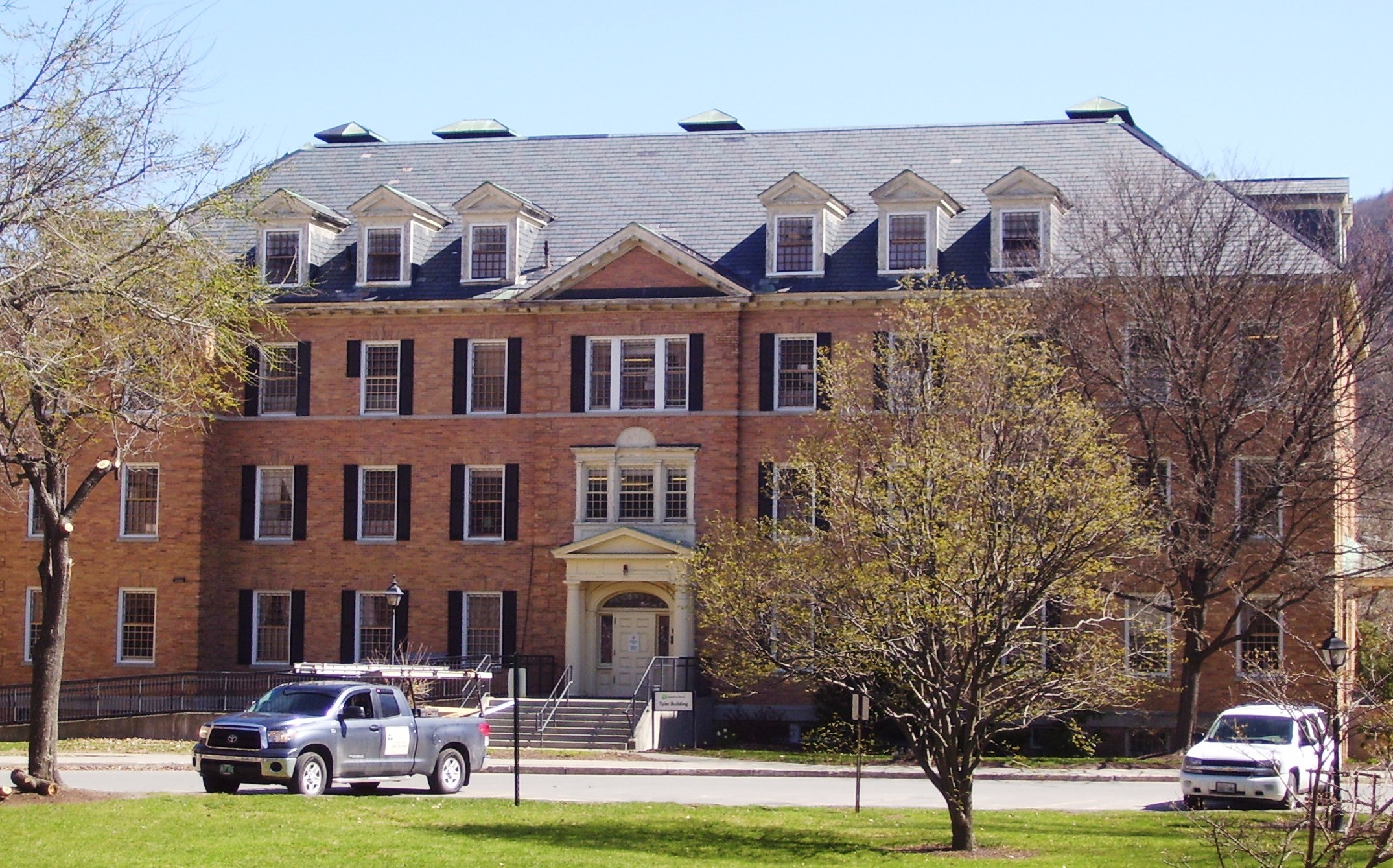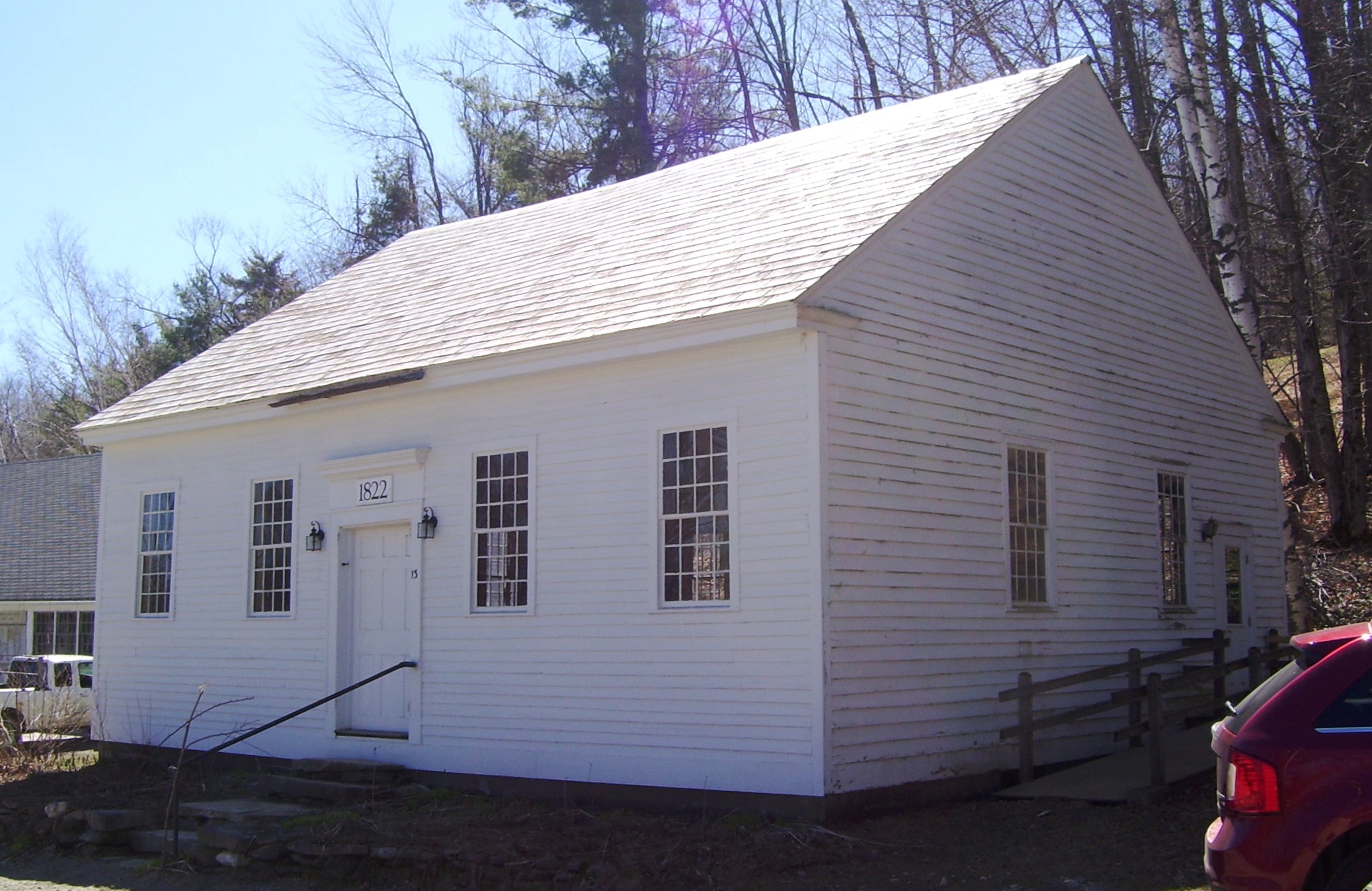|
WXLF
WXLF (95.3 FM, "95.3 and 107.1 The Wolf") is a radio station licensed to serve Hartford, Vermont. The station is owned by Binnie Media. It airs a country music format. The station is simulcast on WZLF (107.1 FM) in Bellows Falls, Vermont. The station has been assigned these call letters by the Federal Communications Commission since March 1, 2005. History WXLF started in 1969 as WNHV-FM, a simulcast of its daytime-only sister WNHV (910 AM) owned by television announcer and Reynolds Aluminum spokesman Rex Marshall. Eventually the signals were split and WNHV-FM became WKXE-FM, otherwise known as "95-3 KXE," with a very eclectic presentation of the adult album alternative format, with elements by day, and entire programs by night, presenting blues, jazz, folk, Celtic and world music. In the Upper Valley's first duopoly, WKXE and WNHV were sold to Dynacom Corporation, who also owned WHDQ (106.1 FM) and WTSV (1230 AM) in Claremont, New Hampshire. Amid huge protest, Dynacom flippe ... [...More Info...] [...Related Items...] OR: [Wikipedia] [Google] [Baidu] |
WZLF
WZLF (107.1 FM, "95.3 and 107.1 The Wolf") is a radio station licensed to serve Bellows Falls, Vermont transmitting from Alstead, New Hampshire. The station is owned by Binnie Media. It airs a country music format, simulcast with WXLF (95.3 FM) in Hartford. The station has been assigned these call letters by the Federal Communications Commission since March 1, 2005. History The station signed on in 1981 as WTIJ, a religious station owned by Brian Dodge. WTIJ was sold in 1983 to local residents Brad and Evelyn Weeks, who flipped it to country as WBFL. Dodge's mother Etta, owned WBFL's translator station in Keene, New Hampshire, W288AM (105.5 FM). On January 1, 1990, WBFL flipped again to classic rock as "B-107". That format, despite ratings success, was not profitable and ended two years later, and signaled the end of locally originated programming on 107.1. The station struggled into the mid 1990s with an adult album alternative format, then a simulcast of Marlboro station WSSH ... [...More Info...] [...Related Items...] OR: [Wikipedia] [Google] [Baidu] |
WNHV
WNHV (910 AM) was a radio station licensed to White River Junction, Vermont, United States. The station served the Lebanon-Rutland-White River area. The station was owned by Nassau Broadcasting III, LLC. History The station began operations in 1959 as WWRJ, playing music. In 1963 the call letters were changed to WVTR. Two years later the station became WNHV, branded as "The Voice of The Valley", when purchased by television announcer and Reynolds Aluminum spokesman Rex Marshall (NH-VT Broadcasting Corp). The studios shifted to downtown White River Jct for several years prior to becoming WNHV. Marshall moved the station back to its original Route 5 transmitter location, enlarging the old studio building to house his future FM facility. WNHV-FM was added in 1969, and the stations simulcast until local sunset, when the AM station, authorized to operate daytime-only, had to sign-off. Upon the death of Marshall in 1983, both stations were sold and had several owners by the time the AM ... [...More Info...] [...Related Items...] OR: [Wikipedia] [Google] [Baidu] |
WTHK (FM)
WTHK (100.7 FM; "The Peak") is a radio station broadcasting a classic rock format. It is licensed to Wilmington, Vermont. The station is currently owned by Jeffrey Shapiro's Great Eastern Radio, and currently simulcasts sister station WKKN (101.9 FM). History WTHK began its radio life as WVAY. The station was part of the 'wave' of upscale smooth jazz formatted stations that were very trendy in the mid to late 1980s. The station was owned and operated by Rothschild Broadcasting. Founding Program Director Roger Coryell left the station in 1990 for a position as morning host on San Francisco "Smooth Jazz" outlet KKSF. WVAY's slogan evolved from "Smooth Sounds - 100.7 WVAY" to ''100.7 WVAY, Different by Design'' as the station evolved into more of a triple-A formatted radio station. At one time WVAY also had additional translators at 99.7 in Marlboro, Vermont, which was sold to Harvest Broadcasting, a religious broadcaster, and had an arrangement to operate a translator at 100.1 ... [...More Info...] [...Related Items...] OR: [Wikipedia] [Google] [Baidu] |
Hartford, Vermont
Hartford is a town in Windsor County, Vermont, United States. It is on the New Hampshire border, at the intersection of Interstates 89 and 91. It is the site of the confluence of the White and Connecticut rivers; the Ottauquechee River also flows through the town. The town is composed of five unincorporated villages: Hartford, Quechee, West Hartford, White River Junction and Wilder. As of the 2020 census, the population was 10,686. History The community was chartered by Governor Benning Wentworth of New Hampshire in 1761, and is named for Hartford, Connecticut. On February 5, 1887, Hartford became the site of what remains Vermont's worst railway disaster when a Vermont Central Railroad train struck a broken rail on a bridge west of town. The ensuing derailment threw the train to the frozen river below, killing 37 and injuring 50. Geography The town of Hartford is located at (43.66444, −72.38667). According to the United States Census Bureau, the town has a total are ... [...More Info...] [...Related Items...] OR: [Wikipedia] [Google] [Baidu] |
Brattleboro, Vermont
Brattleboro (), originally Brattleborough, is a town in Windham County, Vermont, United States. The most populous municipality abutting Vermont's eastern border with New Hampshire, which is the Connecticut River, Brattleboro is located about north of the Massachusetts state line, at the confluence of Vermont's West River and the Connecticut. As of the 2020 Census, the population was 12,184. There are satellite campuses of two colleges in Brattleboro: Community College of Vermont, and Vermont Technical College. Located in Brattleboro are the New England Center for Circus Arts, Vermont Jazz Center, and the Brattleboro Retreat, a mental health and addictions hospital. History Indigenous people This place was called "Wantastiquet" by the Abenaki people, which meant "lost river", "river that leads to the west", or "river of the lonely way". The Abenaki would transit this area annually between their summer hunting grounds near Swanton, and their winter settlement near Northfield, ... [...More Info...] [...Related Items...] OR: [Wikipedia] [Google] [Baidu] |
Marlboro, Vermont
Marlboro is a town in Windham County, Vermont, United States. The population was 1,722 at the 2020 census. The town is home to both the Southern Vermont Natural History Museum and Marlboro College, which hosts the Marlboro Music School and Festival each summer. History Named "New Marlborough" for the Duke of Marlborough until 1800,"Brief History of Marlboro" on the Marlboro Historical Society website the town was a New Hampshire grant chartered on April 29, 1751 to Timothy Dwight and 64 others from , |
Soft Adult Contemporary
Adult contemporary music (AC) is a form of radio-played popular music, ranging from 1960s vocal and 1970s soft rock music to predominantly ballad-heavy music of the present day, with varying degrees of easy listening, pop, soul, R&B, quiet storm and rock influence. Adult contemporary is generally a continuation of the easy listening and soft rock style that became popular in the 1960s and 1970s with some adjustments that reflect the evolution of pop/rock music. Adult contemporary tends to have lush, soothing and highly polished qualities where emphasis on melody and harmonies is accentuated. It is usually melodic enough to get a listener's attention, and is inoffensive and pleasurable enough to work well as background music. Like most of pop music, its songs tend to be written in a basic format employing a verse–chorus structure. The format is heavy on romantic sentimental ballads which mostly use acoustic instruments (though bass guitar is usually used) such as acoustic gu ... [...More Info...] [...Related Items...] OR: [Wikipedia] [Google] [Baidu] |
WTSV
WTSV (1230 AM; "94 WEEI") is a radio station broadcasting a sports format. Licensed to Claremont, New Hampshire, United States, the station serves the Dartmouth–Lake Sunapee Region. The station is owned by Jeffrey Shapiro's Great Eastern Radio. Most of the station's programming is simulcast from Boston sports radio station WEEI-FM. WTSV's programming is also carried on two FM translators, W232DN (94.3 FM) in Claremont, and W233CC (94.5 FM) in White River Junction, Vermont. The station's call letters stand for Twin State Valley, as the station serves the Connecticut River Valley of New Hampshire and Vermont. It was built by the original owners of WKBR in Manchester as part of a chain of "Twin State Network" stations, which also included WTSL in Hanover, WTSA in Brattleboro, and WTSN in Dover. History WTSV, along with 29 other stations in northern New England formerly owned by Nassau Broadcasting Partners, was purchased at bankruptcy auction by Carlisle Capital Corporation, a ... [...More Info...] [...Related Items...] OR: [Wikipedia] [Google] [Baidu] |
WHDQ
WHDQ (106.1 FM, "Q106") is a radio station broadcasting a classic rock format. Licensed to Claremont, New Hampshire, United States, the station serves the Lebanon-Rutland-White River Junction area. The station is owned by Jeffrey Shapiro's Great Eastern Radio. The station's transmitter is located atop Mount Ascutney in Vermont. WHDQ's signal is also broadcast over a translator—W294AB (106.7 FM) in Hanover, New Hampshire—and a booster—WHDQ-FM1 in Rutland, Vermont History Q106 has arguably one of the richest and most colorful histories of any radio station in northern New England. The station went through a couple of formats. The station first went through a couple of formats. The station first went under both AOR and MOR formats from the early 1970s until 1983, when the station flipped to a Top 40/CHR format. For almost ten years in total beginning in 1983, it was the area's dominant CHR powerhouse as both WECM and WHDQ until March 1993 when the station dropped CHR and ... [...More Info...] [...Related Items...] OR: [Wikipedia] [Google] [Baidu] |
Celtic Music
Celtic music is a broad grouping of music genres that evolved out of the folk music traditions of the Celtic people of Northwestern Europe. It refers to both orally-transmitted traditional music and recorded music and the styles vary considerably to include everything from traditional music to a wide range of hybrids. Description and definition ''Celtic music'' means two things mainly. First, it is the music of the people that identify themselves as Celts. Secondly, it refers to whatever qualities may be unique to the music of the Celtic nations. Many notable Celtic musicians such as Alan Stivell and Paddy Moloney claim that the different Celtic music genres have a lot in common. These following melodic practices may be used widely across the different variants of Celtic Music: *It is common for the melodic line to move up and down the primary chords in many Celtic songs. There are a number of possible reasons for this: **''Melodic variation'' can be easily introduced. Mel ... [...More Info...] [...Related Items...] OR: [Wikipedia] [Google] [Baidu] |
Folk Music
Folk music is a music genre that includes traditional folk music and the contemporary genre that evolved from the former during the 20th-century folk revival. Some types of folk music may be called world music. Traditional folk music has been defined in several ways: as music transmitted orally, music with unknown composers, music that is played on traditional instruments, music about cultural or national identity, music that changes between generations (folk process), music associated with a people's folklore, or music performed by custom over a long period of time. It has been contrasted with commercial and classical styles. The term originated in the 19th century, but folk music extends beyond that. Starting in the mid-20th century, a new form of popular folk music evolved from traditional folk music. This process and period is called the (second) folk revival and reached a zenith in the 1960s. This form of music is sometimes called contemporary folk music or folk rev ... [...More Info...] [...Related Items...] OR: [Wikipedia] [Google] [Baidu] |


.jpg)
